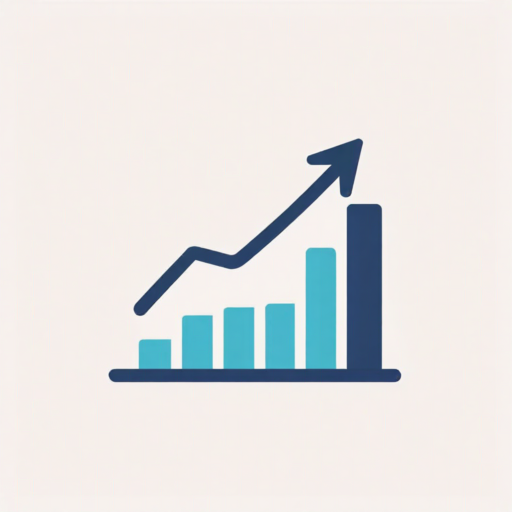Product-led growth (PLG) has become the go-to strategy for modern SaaS businesses looking to scale efficiently. This approach puts the product experience at the center of customer acquisition, conversion, and expansion.
What is Product-Led Growth?
Product-led growth is a business methodology where user acquisition, expansion, conversion, and retention are primarily driven by the product itself. It relies on the product’s features and value to attract, engage and retain users, rather than traditional sales or marketing efforts.
Key Elements of Product-Led Growth
Frictionless Onboarding
The first experience users have with your product sets the tone for the entire relationship. A frictionless onboarding process that quickly demonstrates value is crucial for product-led growth.
- Minimize steps to value: Reduce the number of steps required before users experience their first “aha moment”
- Progressive disclosure: Don’t overwhelm users with features - reveal complexity gradually
- Contextual guidance: Provide help exactly when and where users need it
Value Before Paywall
In a product-led approach, users should be able to experience genuine value before being asked to pay.
- Freemium models: Offer a permanently free tier with enough functionality to be useful
- Extended trials: Give users enough time to integrate your product into their workflow
- Strategic feature gating: Carefully choose which features sit behind the paywall
Data-Driven Optimization
Product-led growth relies heavily on understanding user behavior and optimizing accordingly.
- Identify key activation metrics: What user actions correlate with long-term retention?
- Analyze drop-off points: Where do users get stuck or abandon your product?
- Continuous experimentation: Use A/B testing to improve conversion at each stage
Implementing PLG in Your Early-Stage SaaS
For startups and early-stage companies, implementing a product-led growth strategy requires careful planning:
- Start with a deeply valuable core experience - Your free tier or trial must solve a real problem effectively
- Build analytics from day one - You need data to guide your product decisions
- Create natural expansion paths - Design your pricing and feature tiers to align with user growth
- Focus on time-to-value - Constantly work to shorten the time from signup to “aha moment”
- Enable user-to-user sharing - Build viral loops into the product experience
Conclusion
Product-led growth is not just a trendy concept but a fundamental shift in how SaaS products are built, marketed, and sold. By focusing on delivering immediate value and creating an exceptional product experience, early-stage companies can create more sustainable growth engines that scale efficiently.
The key is to stay relentlessly focused on the user, their problems, and how quickly your product can deliver meaningful value. With this approach, your product itself becomes your most powerful growth driver.
